How to fix a running toilet yourself without having to call in a plumber
Got a toilet that constantly runs even when it's not being used? Follow our expert advice to fix it properly
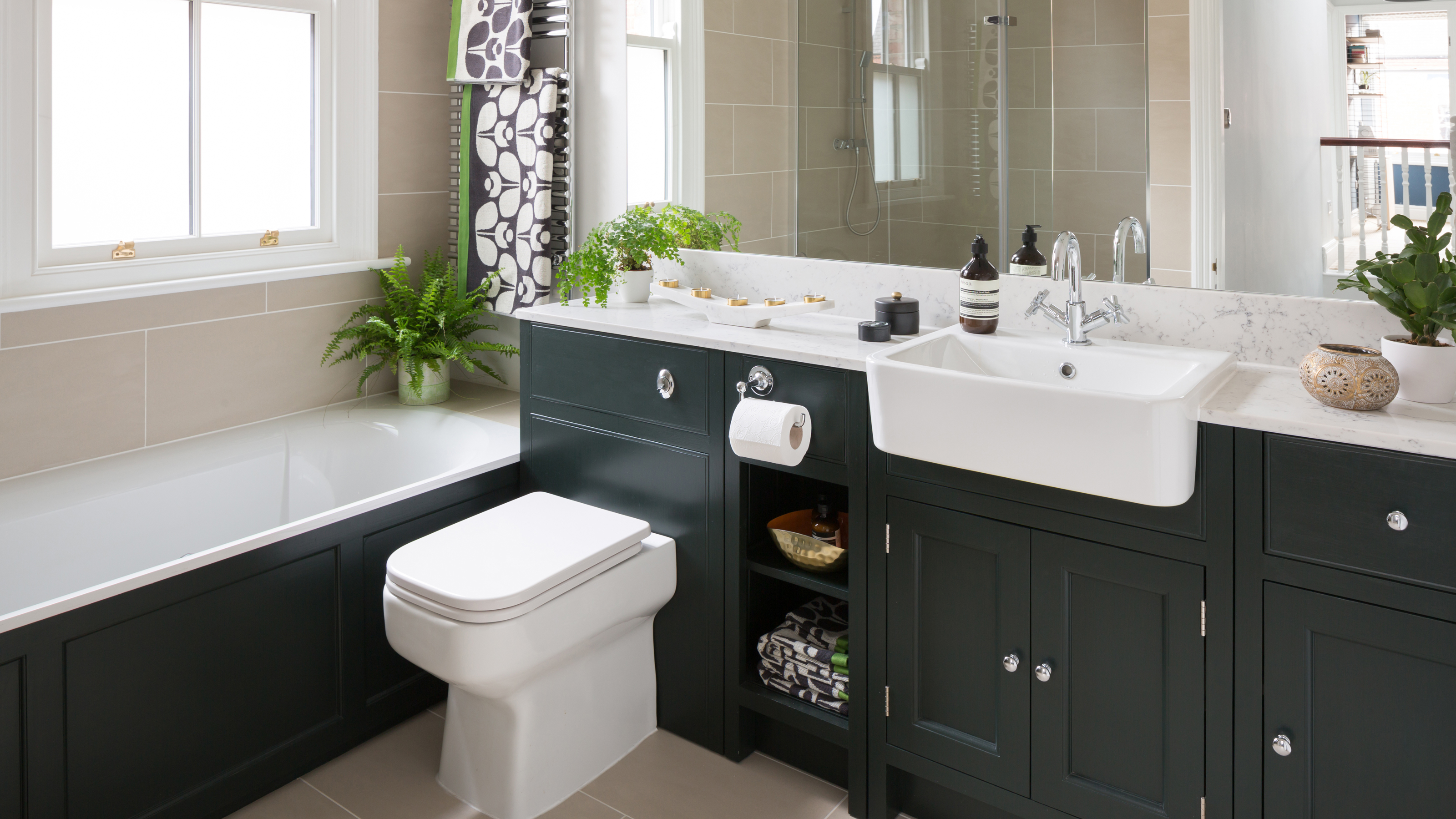

If you’ve noticed your toilet letting more water into the bowl than usual after its been flushed, it’s likely that you have a problem with a running toilet. Wondering how to fix a running toilet? Read on for our expert advice.
There are other tell-tale signs of a running toilet, too. ‘Other indications are when sounds emerge from the toilet when it’s not in use, or there are instances of "phantom flushing", where the toilet flushes on its own without a touch of the handle or button,’ says John Lawless, content marketing manager at Big Bathroom Shop.
‘Also, watch out for water trickling down the toilet bowl sides long after flushing and, if you need to jiggle or hold the handle down to stop the flow, it’s highly likely that you have a running toilet that requires attention,’ he says.
If you're noticing any of the signs above, it’s important to fix your toilet as soon as possible. If you delay, you could waste litres of water every day, as well as increase the cost of your utility bills.
How to fix a running toilet – step by step
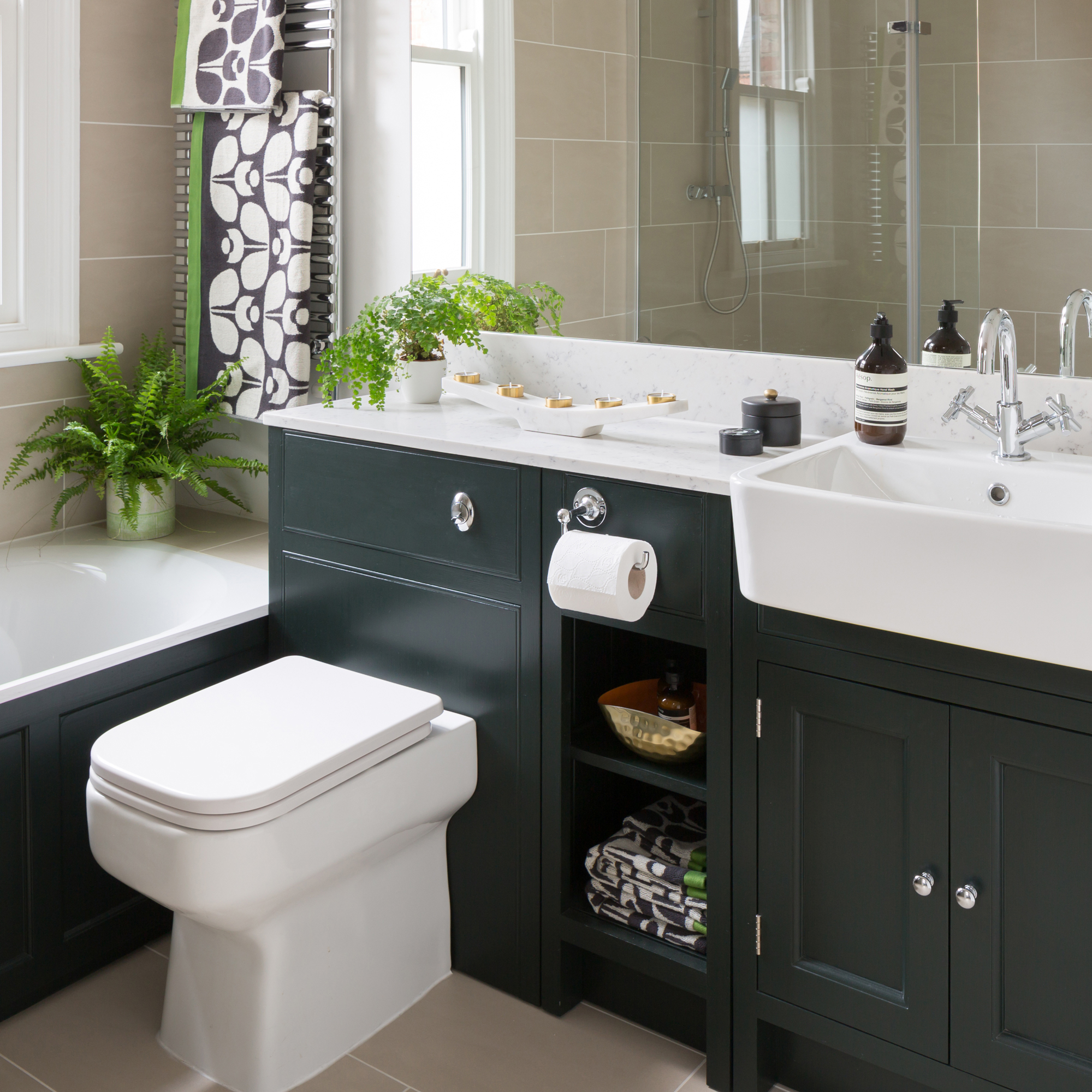
A running toilet is usually caused by a water leak which makes its way from the toilet tank (the cistern) to the bowl via the overflow tube. ‘Essentially, this happens when there’s simply too much water in the tank, which can be a by-product of a sediment compilation on the flush valve seal or ‘flapper’, or from a damaged flapper seal,’ says John Lawless.
The typical reasons why a toilet tends to be leaking are relatively straightforward to fix by following our step-by-step guide. Luckily it should be a fairly simple DIY job, like how to unblock a toilet or how to bleed a radiator.
However, if you’re not a confident DIYer or the reasons below don’t account for why your toilet keeps running, it’s advisable to call in a professional plumber who can assist you in sourcing the problem and coming up with a solution for how to fix a running toilet.
1. Check the toilet is running
Carry out a simple dye test to determine if your toilet is leaking. ‘Drop 10-15 drops of food colouring into your toilet tank, and don't flush the toilet,’ says Matthew Jenkins at MyJobQuote. ‘Wait for 10 minutes and if some coloured water appears in your toilet bowl, it means that you have a leak,’ he says.
2. Diagnose the problem
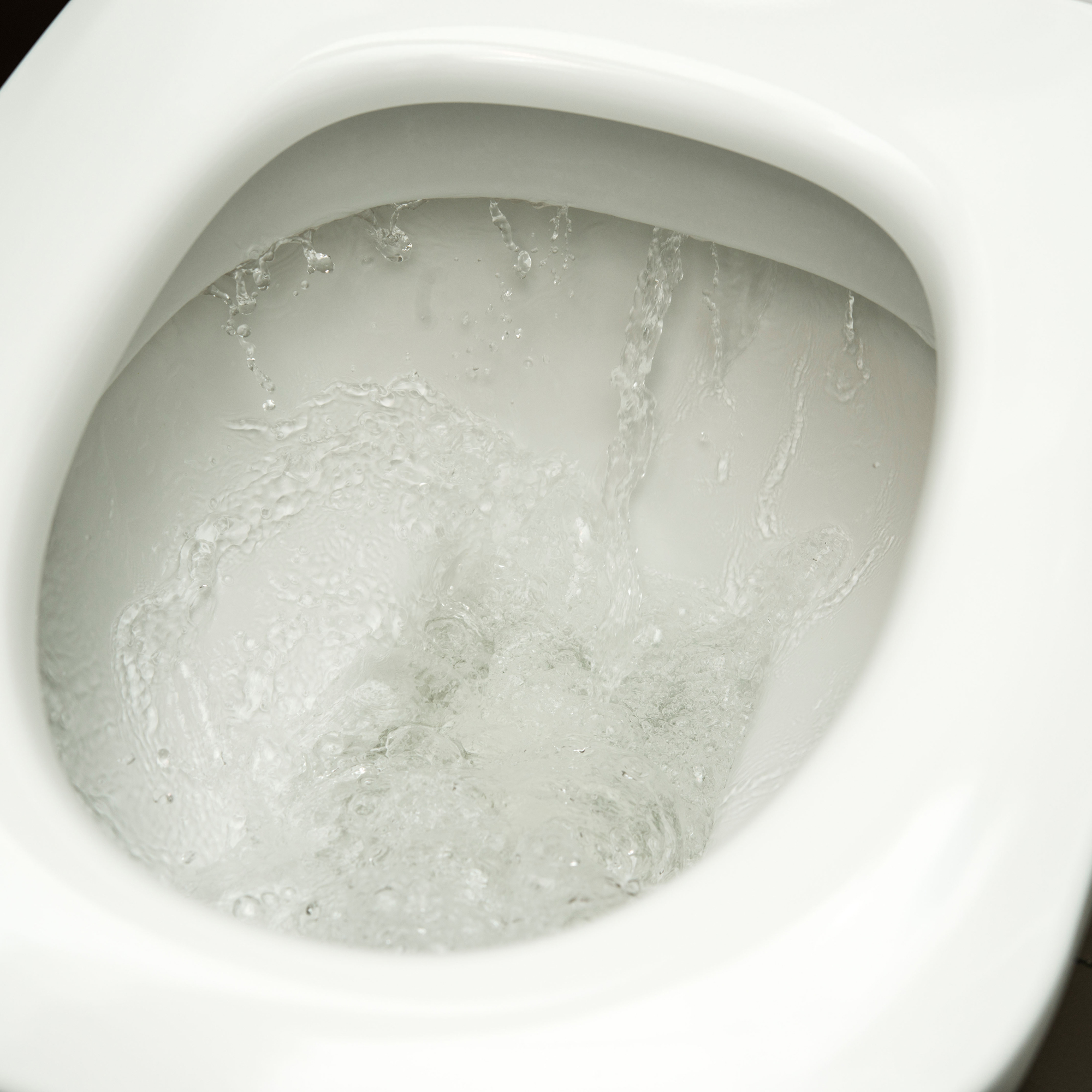
To work out what to do about your toilet running constantly, you need to find out what is causing the issue by opening the cistern.
If you have a standard toilet with a visible cistern, simply lift the lid. If your toilet has a concealed cistern, such as a back-to-the-wall or wall-hung design, you need to find the access point for maintenance. This might be behind the flush plate, or you might have to remove some tiles or panels that are covering it.
Once you have a clear view into the cistern, flush the toilet and look to see what is happening to the water and the mechanisms inside the cistern.
3. Lower the float
One of the most common causes of a running toilet is when overflow water is leaking down into the bowl from the tank through the overflow tube.
‘This tends to happen when too much water is present in the tank,’ says Matthew Jenkins. ‘You can adjust the water level by changing the height of the float.’
‘To lower the amount of water in the toilet with the float arm, you’ll need to loosen or tighten the screw until the float arm lowers. If you need to lower the water in your toilet with a column float attached to it, loosen the clip or screw, push the float down, and then tighten everything back up,’ adds Matthew Jenkins.
4. Replace a leaking flapper
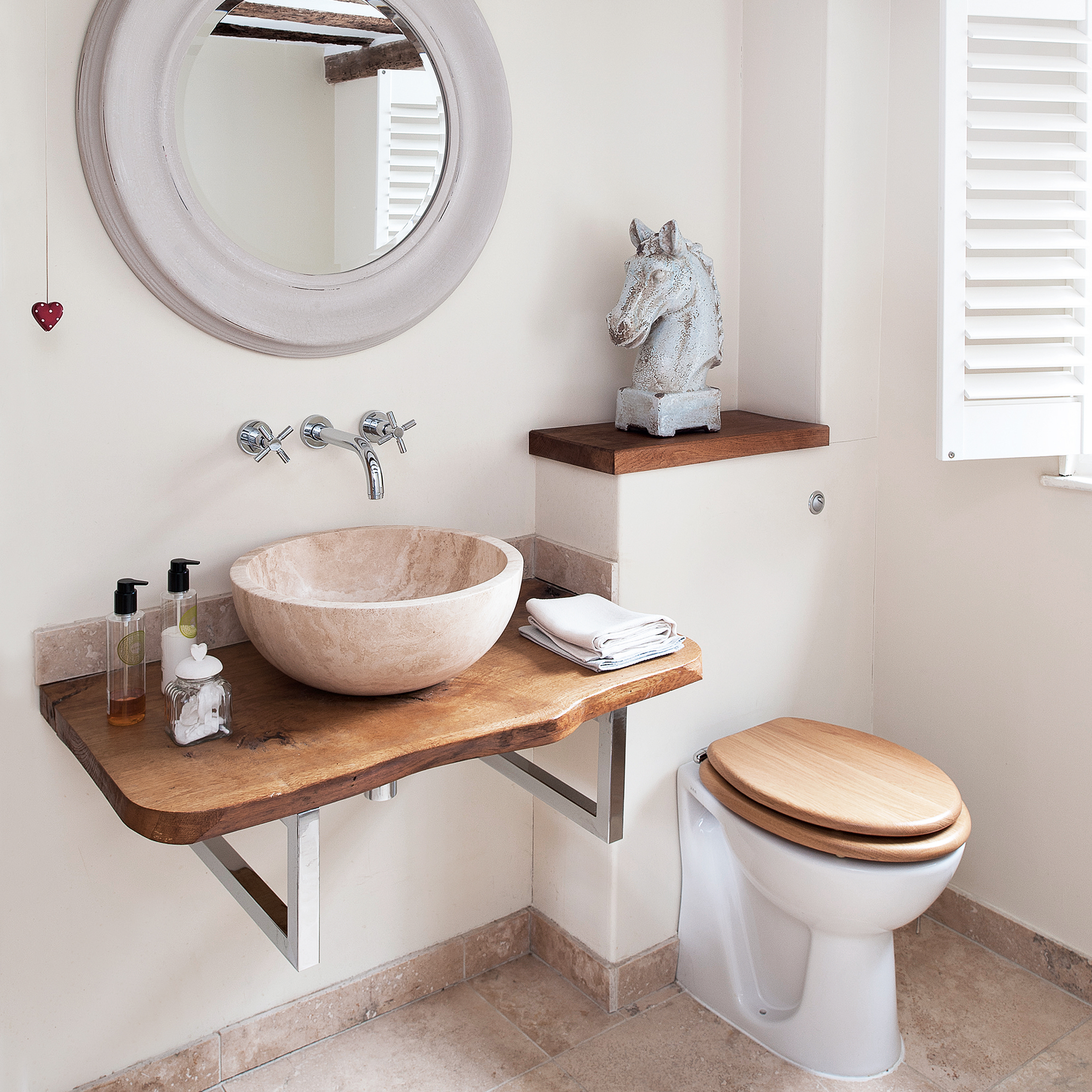
When the flapper on your toilet is old, it may stop sealing as it should, and this can result in water constantly passing from the tank into the toilet bowl. The flapper is the rubber stopper at the bottom of your toilet tank which prevents water from the tank from flowing down into the bowl below.
To find out if the flapper needs replacing, use a stick to press down on it when you hear running water, and listen out for it to stop,’ says John Lawless. ‘If it does stop, that indicates that the flapper is failing to seal properly, and requires replacing,’ he adds.
‘You can remove the old one by detaching the chain and taking the flapper away from the pins on the side of the overflow tube,’ says Matthew Jenkins. ‘Then connect the new one to the chain and attach the sides to the pins.’
Make sure you drain the water from the tank before replacing the flapper by turning the water supply to the toilet off and flushing the toilet to drain the water inside the cistern.
‘Bear in mind, if the chain is too long on your new flapper, you may have to shorten it. If you don’t, it may get caught underneath the flapper, which means that you won't get a good enough seal which will cause the toilet to continue running,’ says Matthew Jenkins.
5. Shorten the refill tube
Another cause of a running toilet is when the refill tube is always pumping water into the bowl. This can happen when the tube is too long and isn't positioned correctly in the overflow tube.
‘To shorten this tube, pull it out of the overflow and hold it just above the overflow opening. Trim the tube off there and then clip it to the side of the overflow tube to keep it in the correct position,’ advises Matthew Jenkins.
6. Replace the flush valve
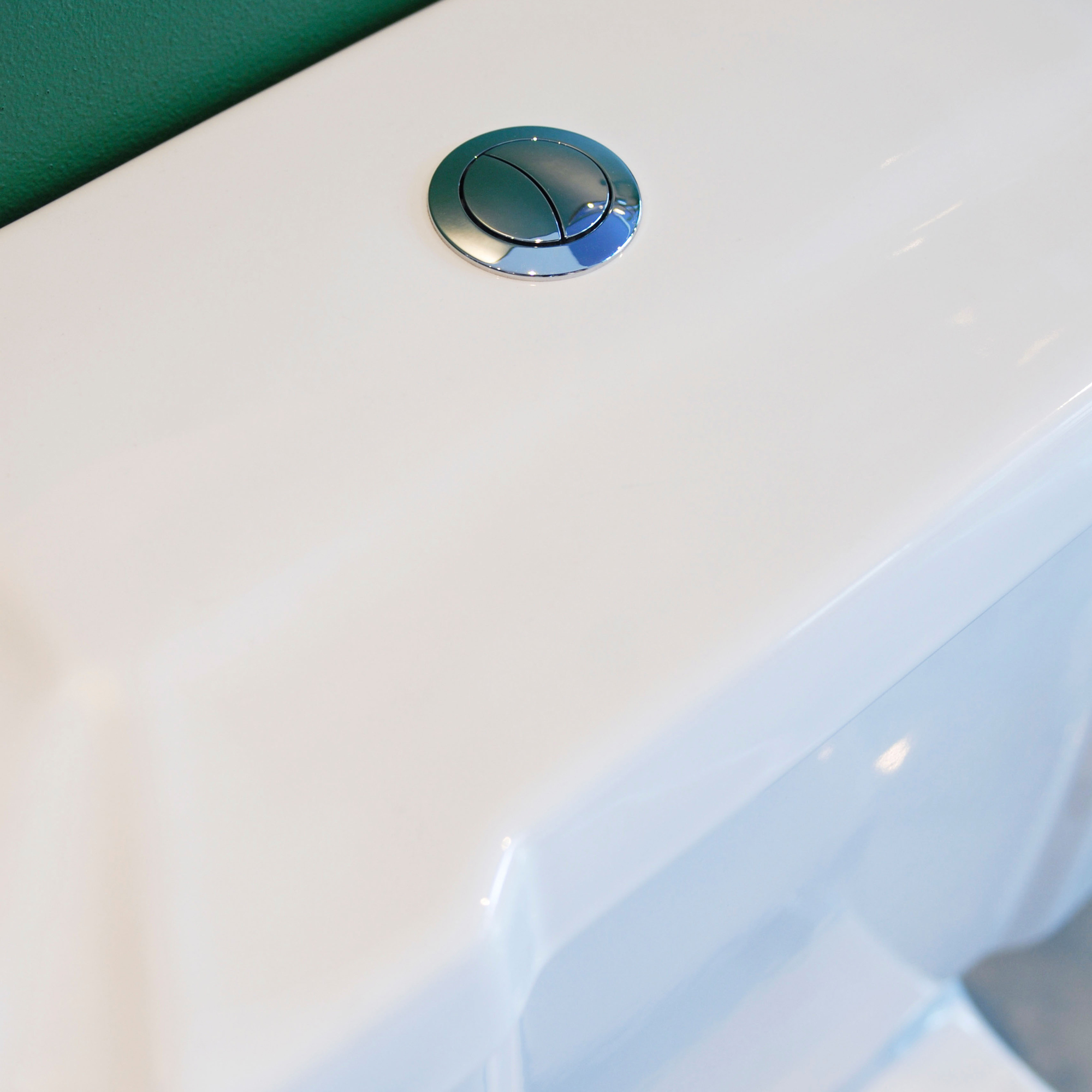
If the leaking still persists, the problem may be to do with the flush valve, which will need to be replaced. Firstly, make sure you turn off the water supply to the toilet. ‘Close the fixture shutoff valve located near the tailpiece on the toilet's fill valve,’ says Steven Pester of Resolve Plumbing Services at Rated People. ‘Or, if you don’t have a shutoff valve, just turn off the main water supply,’ he says.
Next, drain the toilet by flushing and using a sponge to get rid of excess water. The toilet tank will be held in place by tank bolts which need to be unscrewed so that you can take off the tank. ‘If they don’t come off due to corrosion then you might need to use a hacksaw,’ says Steven Pester.
‘Once you have the tank on a stable platform to work off of, remove the large foam gasket covering the plastic mounting nut on the tailpiece of the flush valve. Then unscrew the mounting nut (you may need pliers to do this) and pull out the flush valve,’ he advises. ‘Then replace the valve with a new one. Work backwards to put the toilet back in place,’ says Steven Pester.
7. Flush your toilet
Hopefully your toilet won’t be leaking after completing all of our checks above. Flush the toilet a couple of times and look closely into the toilet bowl to make sure water isn't pouring down the sides, and there are no strange noises still. If there is still running water, it’s time to call in the professionals.
How much water can a running toilet waste?
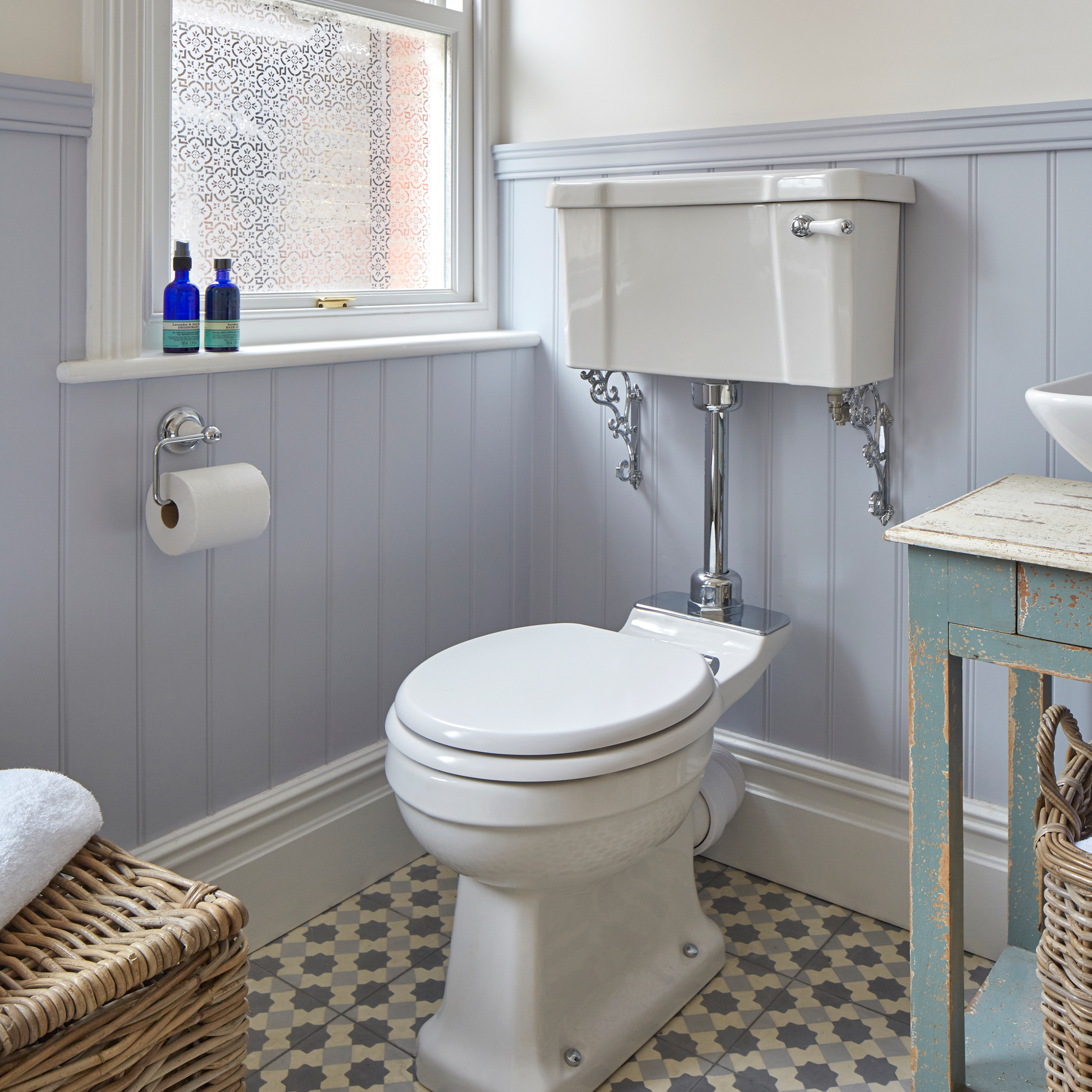
According to Waterwise, a not-for-profit UK NGO focused on reducing water consumption in the UK, leaky loos can waste between 200 and 400 litres of water per day. Which equates to 72,000 to 146,000 litres of water wasted every year just from one leaking toilet.
Will a running toilet increase my water bill?
Water bills can be a worry. ‘Spiralling utility costs can result from the presence of a running toilet, so it is in a homeowner’ best interests to seek out an appropriate fix as quickly as possible,’ says John Lawless. If left unfixed, a running toilet can add approximately £300 extra on to your water bill, according to Tap Warehouse.
Get the Ideal Home Newsletter
Sign up to our newsletter for style and decor inspiration, house makeovers, project advice and more.

Sophie Vening is a freelance journalist and editor with more than 16 years’ experience writing about homes and properties. She’s worked for some of the UK’s leading interiors, self-build and property titles including, Grand Designs, Ideal Home, House Beautiful, Build It, The Metro Homes & Property and The Evening Standard Homes & Property.
She enjoys writing about complex issues in an easy-to-understand way.
-
 Should your front door colour match your hallway? Interior experts reveal 3 reasons why it should (and 3 reasons it shouldn't)
Should your front door colour match your hallway? Interior experts reveal 3 reasons why it should (and 3 reasons it shouldn't)Are you team matching or contrasting?
By Ellis Cochrane
-
 This £200 limited-time discount makes this Dyson vacuum cheaper than I’ve ever seen it - run don’t walk to Argos for this bargain
This £200 limited-time discount makes this Dyson vacuum cheaper than I’ve ever seen it - run don’t walk to Argos for this bargainIt's the most affordable Dyson on the market right now
By Lauren Bradbury
-
 Martin and Shirlie Kemp’s pastel flower beds has given their Victorian renovation a romantic look - how you can get the look
Martin and Shirlie Kemp’s pastel flower beds has given their Victorian renovation a romantic look - how you can get the lookTheir pastel garden is the cottage garden inspo you've been looking for
By Kezia Reynolds